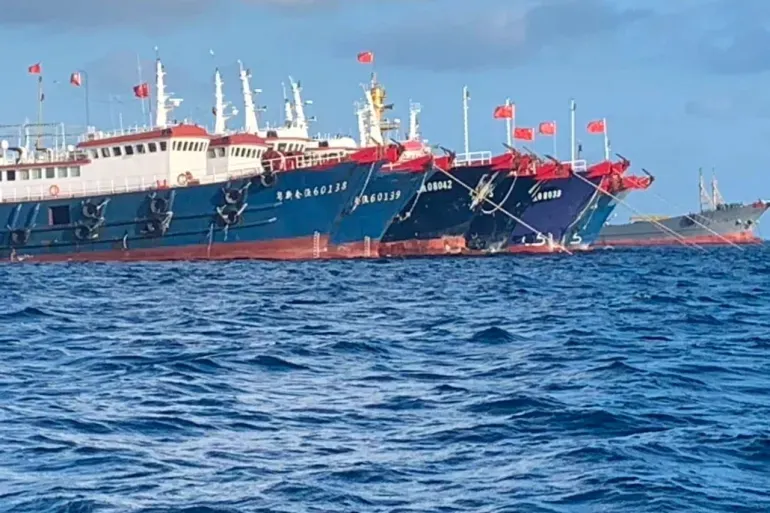Introducing China's Maritime Gray Zone Tactics Playbook

Yes, there is a playbook!
The Chinese party-state is using coast guard cutters and militarized fishing vessels (maritime militia) to enforce expansive and illegal territorial claims in the South China Sea (SCS). These “gray zone” tactics enable Beijing to gradually force other actors out of waters claimed by China, while at the same time avoiding all-out armed conflict.

While Beijing's use of gray zone tactics is well known, it can be hard to find resources that describe these tactics in detail. These tactics are without clear precedent in nautical history, as China has invented a novel suite of maneuvers and methods to press its expansionary claims.
That's why we have developed a new resource: China's Maritime Gray Zone Tactics Playbook—a publicly available, systematic examination of these tactics. We've examined hundreds of known incidents and identified a suite of 18 core tactics used by Beijing's gray zone actors. Over the coming weeks we will publish descriptions and examples of each of the tactics, including how and why China uses each of them to achieve its goal to dominate its maritime approaches.

Our goal is to equip journalists, researchers, analysts and the general public to better comprehend and identify the nature of activities—which often defy conventional explanation—that are visible through satellite photography, automatic information system (AIS) vessel tracking data, and on-the-ground reporting.
Descriptions are currently available for the following tactics:
- Bow-Crossing
- Blocking
- Swarming
- Rafting
- Cable-Cutting
- Ramming
- Water Cannoning
- Going Dark
- Spoofing
- Optical Weapons
- Over-the-Horizon Hiding
- Intrusive Patrolling
- Pretext to Escalate
- Cartographic Expansionism
- Sonic Weapons
- Intrusive Surveying




